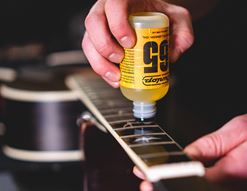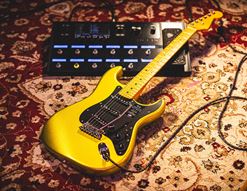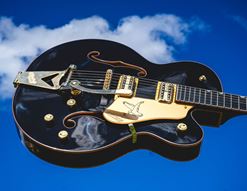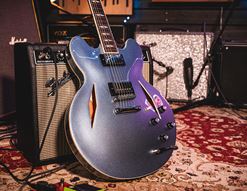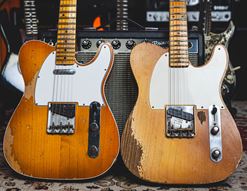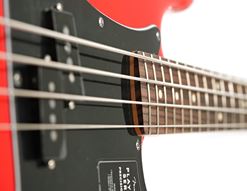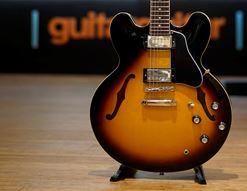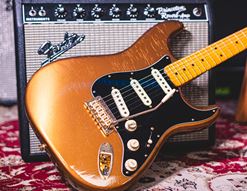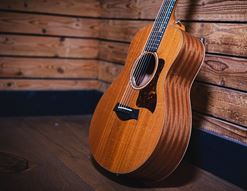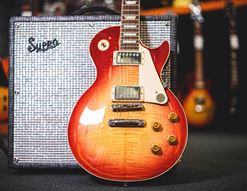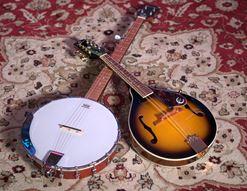So, you’ve been checking out the new Fender Standard Series instruments, have you? It’s an exciting thing, to have genuine Fender-branded guitars on the market for under £500! I know what you’re thinking though: Fender make a huge amount of similar looking models at a range of price points that hover either side of this new range, including the Squier Classic Vibe series and the Fender Player II range. Can they really all be so different? And if so, how does each range shape up? Is the Standard Series the right one for you to go for?
So many questions!
Today, I aim to provide you with some answers, or at least some guidance and info. I’ll talk straight to you, as a fellow guitarist and as a man who has played more Fenders than he’s had Pot Noodles. I’ve sold them, I’ve gigged them, I’ve modified them, I’ve even built and painted Strat-type guitars over the years, so you can trust me to investigate all of this with a keen eye.
I’ll use a number of examples from each series when I’m talking about comparisons. Writing from the guitarguitar HQ, I have direct access to all of these models, so I’ll check out a few and report my findings, straight from the horse’s mouth, as it were.
Sound good?
Come with me as I review the new Fender Standard Series, and see how they fit into Fender’s product line.
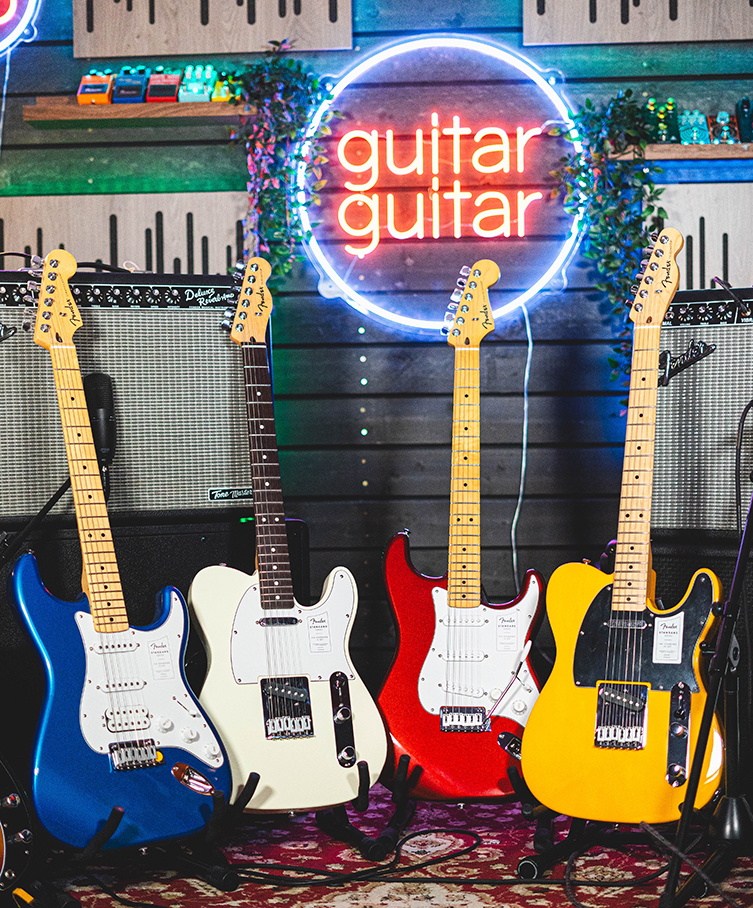
Contents
Who is the Fender Standard Series For?
Fender Standard Series Compared to Squier Classic Vibe
Fender Standard Series Compared to Fender Player II
The Fender Standard Series
So, let me begin with the Fender Standard Series itself. For the first time in recent memory, Fender have decided to build an entire range of instruments in Indonesia rather than their more acknowledged bases of California and Mexico. In reality, Fender have been making instruments in Indonesia for a while, as well as in China and Japan, though these have been more singular releases rather than a full-on range of guitars.
Squier are an exception of course. We’ll come back to Squier soon, but in the meantime, let me briefly outline the features of the new Indonesian Fender Standard Series in a handy bullet-point form…
- Poplar bodies
- Modern C-shaped maple necks
- 9.5” radius maple or pau ferro fingerboards
- Ceramic pickups
- Satin steel bridge saddles
- Sealed gear tuners (open gear tuners on bass models)
- 3-ply pickguards
- 6 finishes, including the return of Candy Cola and Aqua Marine Metallic.
Hardware onboard the Standard Series reflects the affordable nature of the blueprint: there are steel saddles, which are nice, but extra money brings brass saddles and better-machined bridge parts etc. The ones onboard are fine but I do notice the Strat bridge on the Player II (more of which in a sec) feels a little stronger and sturdier under my hand. This matters more on some models and less on others: whilst I appreciate high-mass bridges on basses, for example, I don’t miss them when they’re not there! If you care about it though, this is the sort of area you may want to look into upgrades, if long-term performance is a factor.
Fender have been clever with the colours and added in a few old classics in addition to firm favourites. Candy Cola makes a welcome reappearance, as does Aqua Marine Metallic, which is a firm Fender fan favourite. Even the white shade is ‘proper’ Olympic white, the slightly creamy off-white that has proven so popular throughout the decades.
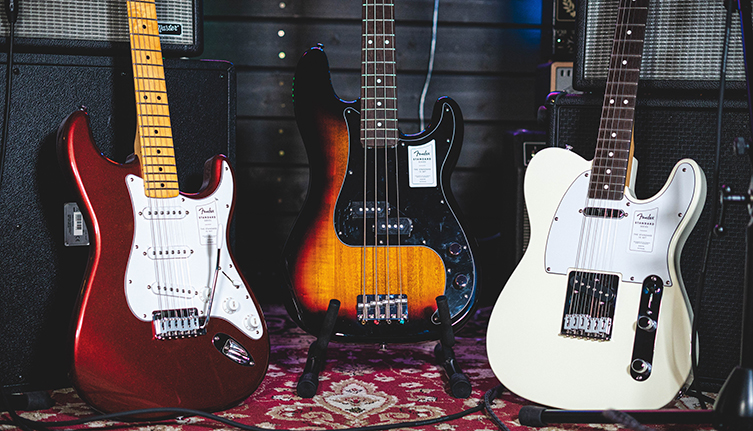
So which actual guitars and basses comprise the Standard Series? The actual models available are streamlined to the essential classics:
Who is the Fender Standard Series For?
Given Fender’s universal appeal in terms of design, there really aren’t any guitar players out there who won’t be suited to good, cheap strats, teles, J & P basses. Whichever genres are being played, these designs have proven themselves time and again to be the perfect vehicle for music. From 1950s pop to 21st century hardcore, you can absolutely do it on these guitars, so that side of things isn’t really in question.
Indeed, it’s more a question of cost, and whether a player may want this particular set of Fenders over another. That’s the meat of this article, really, and so let’s have a quick glance over the closest competing ranges from Fender’s own stables…
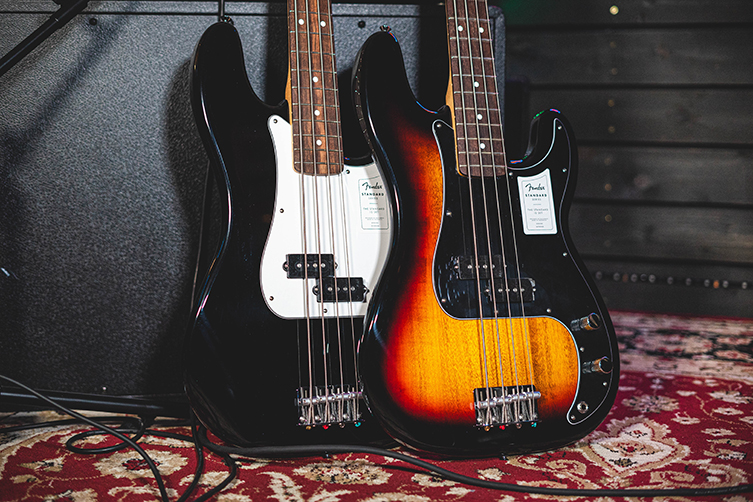
Squier Classic Vibe
Squier’s stock has risen quite significantly in the last decade or so. From their beginnings as budget beginner models, modern Squier guitars are played on stages across the world and are issued as Artist signature models. Subranges like the Classic Vibe series are a hit which guitar fans who maybe wouldn’t otherwise be onboard with playing a squier guitar.
This is partly due to the attention paid to the actual designs of the vintage styled semi-reissue guitars (many of which are more ‘true to vintage’ than much more costly Fender-branded reissues) and partly due to the undeniable quality increase that has filled the range up beyond the limitations of beginner instruments.
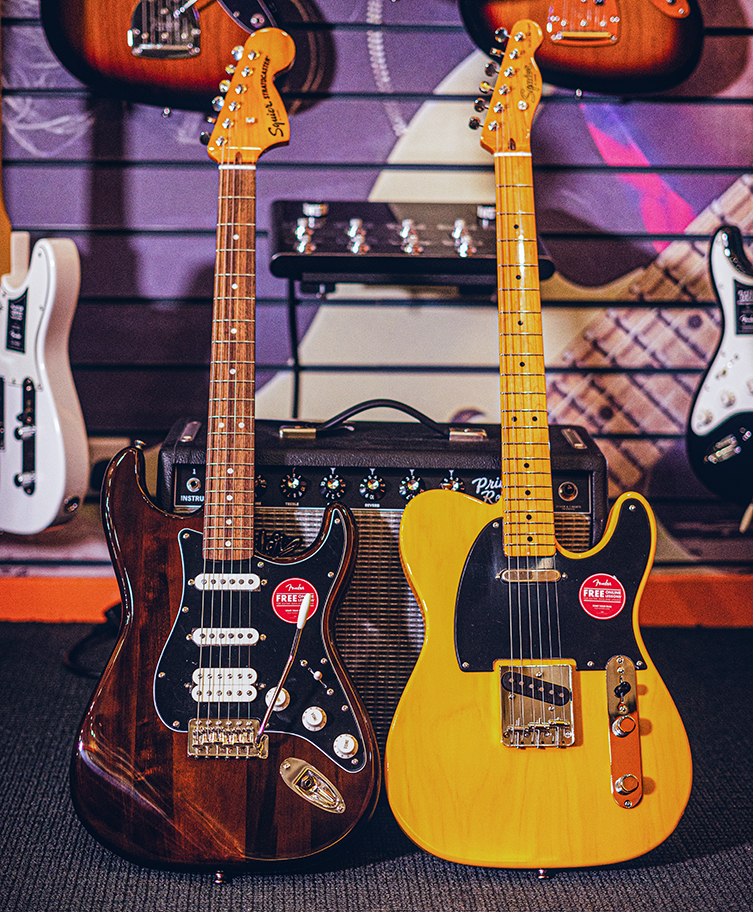
Everybody loves vintage electric guitars, and Squier have been able to approximate the stylings and features of such instruments in surprisingly accurate ways, given the price point they are designed to adhere to. I am continually impressed about how far Squier are able to take their process, with lots of ‘correct’ features like neck binding, circuitry and switching onboard that some dearer guitars cannot claim to have.
Squier Classic Vibe guitars have lots of cool, weird combinations of features that aren’t often seen outside the range, and as such has proven a fertile and creative space for those looking slightly ‘outside the box’ for their guitars. The downside of course is that this makes a lot of their output quite niche, and less universal in their appeal.
Whilst some concessions are inevitably made towards cost (cheaper electronics under the hood, thicker lacquer finishes, less expensive timbers etc), there are still plenty of decisions made in the player’s favour, such as the predominance of decent alnico pickups on a large number of the guitars.
Actually, let me quickly dig into this subject for a second…
Alnico Vs Ceramic Pickups
So, the biggest and most important test with pickups will be your ears. If something sounds good, then it justifies itself: it doesn’t need to have a brand name or a buzzword attached to the spec. That said, there are different levels of ‘good’, and with pickups, magnets are the main factor.
For vintage tone - and by that I mean lower output, chiming single coil sounds - you’d want to look into alnico magnets, which tend to appear in varieties coded with roman numerals. Alnico is an alloy - the word stands for ALuminium, NIckel and CObalt. Alnico II magnets tend to be warm sounding, alnico V are brightest, and alnico IV are in between. Those are general rules!
You tend to find alnico II magnets in humbuckers (PAF-style vintage units in particular), and in many cases, alnico IV & V magnets in single coils. Again, not a rule, just a trend in manufacturing. I should also point out that one alnico II magnet may have slightly different tonal properties than another alnico II magnet: it’s all relative, and you do get cheap and expensive magnets, so again, let your ears rule over any written spec.
Ceramic pickups (iron ferrite, not technically a ‘metal’ for reasons that do not matter here) are generally more powerful sounding (they have a larger electromagnetic pull than alnico pickups) tend to be used for either cheap single coil pickups or high output humbuckers. In other words, affordable Strats may well have ceramic single coils, but top end shred and heavy metal guitars may well have ceramic humbuckers.
In terms of today’s scenario, we’ll see both types being used in Teles, Strats and basses.
Fender Player II Series
The Fender Player II series is a recently upgraded/refreshed range of Mexican made Fenders. It was initially the entry point to Fender-branded guitars but is now a more expensive line of guitars compared with the Standard Series.
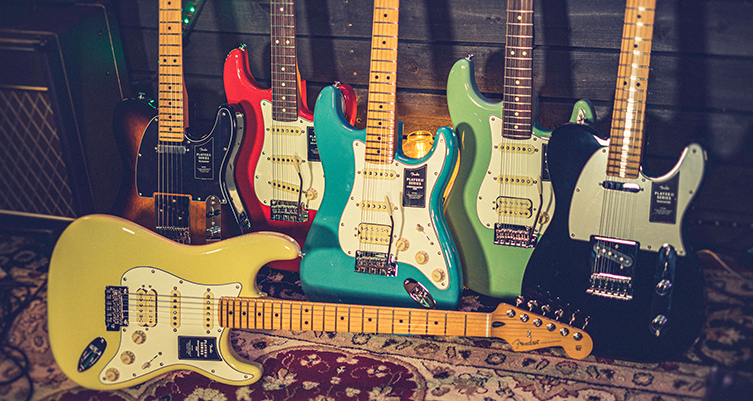
Player II guitars are, in my opinion, particularly well spec’d for the money. Hovering around the £700 mark (pricing fluctuates), you get to choose a Fender made in Ensenada, Mexico from a good range of models and finishes. Each comes with great-sounding alnico V pickups, a modern C neck and bent steel saddles in the bridges for a more vintage look and sound.
Fender Player II guitars come in more choices of models, too. Here’s the lowdown:
- Stratocaster
- Stratocaster HSS
- Telecaster
- Telecaster HH
- Jaguar
- Jazzmaster
- Mustang
- Precision Bass
- Jazz Bass
- Mustang Bass PJ
So, there’s clearly more choice within the Player II range for different models and variations on those models. There are, for example, no offset-style guitars in the Standard Series (yet, at least), but there are three in the Player II range, as well as an offset (Mustang) bass.
Now, these extra models adhere to Fender’s ‘house style’ in many ways, but that doesn’t mean that they are vintage-correct. They were never intended to be (they are supposed to be more all-encompassing, if you like), so that in itself isn’t a problem, but you may find that Squier will offer, say, a more recognisably retro Jazzmaster than Fender’s Player II offering. That may be important to you, and it may not.
The Player II series is also where rosewood fingerboards become available. In the past, this was a normal thing alongside maple, but recent years have seen certain restrictions come and go on the timber. Whilst this has relaxed a lot, it’s now more or less out of reach for entry-level and affordable guitars. Will you miss not having it? I think the substitute woods are close enough, but find your own proof by trying them for yourself.
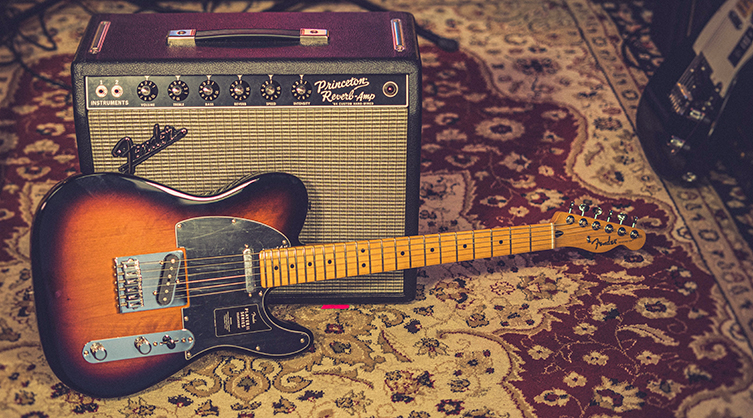
Colours are important - let’s not pretend they aren’t! - and this range has some very striking and gorgeous finishes to choose from, including Coral red, Aquatone Blue and Birch Green. The white colour option is Polar white, a much more ‘white’ white than the Olympic White finish, if you get me!
The Player II series is archetypal ‘contemporary Fender’ in that the instruments are superficially classic Fender in looks, but carry a number of concessions to modernity (9.5” radius fingerboards, 2-point tremolos etc), just as the new Standard Range does. The Fender Player II series is - or was - the starting point for guitarists and bassists looking to buy a Fender-branded guitar at a good price. Is this still where they should be looking first? Let’s find out.
Fender Standard Series Compared to Squier Classic Vibe
First off, I believe you will prefer one brand here over another. I’m not even talking about the transfer on the headstock (which is a major thing for some people), but the inherent differences in feel. Squier Classic Vibe guitars have a thick gloss finish on the body and neck, so this is what you encounter upon playing. This is similar (not the same) to how thick coats of nitrocellulose lacquer feels on vintage Fenders. Nitro has a very specific feel, and whilst these guitars don’t share that entirely, they do have a ‘vintage-adjacent’ feel, if you like, that separates them from everything else in today’s blog.
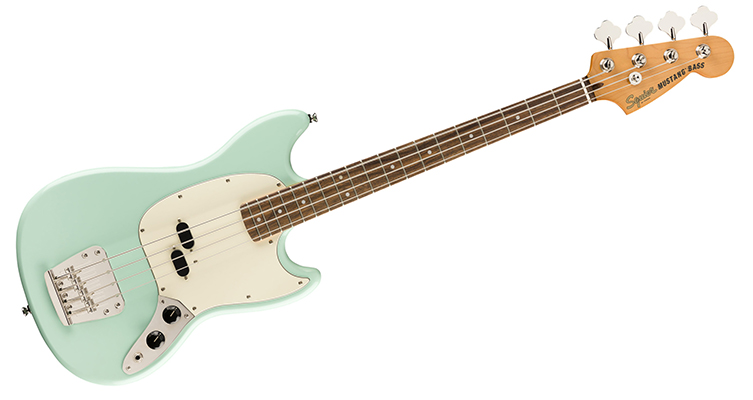
The Fender Standard range has an altogether more contemporary feel, with satin finish, modern C profile necks and what feel like medium jumbo frets to me. Don’t overlook how important fret size is: it can really dictate how a guitar comes across to the player in general.
In terms of overall build quality, the Fender Standard Series guitars and the Squier Classic Vibe instruments are fairly comparable. There’s nothing to get hung up about here at all: both ranges have tight neck pockets, clean finishing and well seated frets, and this is based on a number of examples from each range.
Sonically, we are on familiar territory here, but in certain situations you may prefer the twangier tones of the Squier Classic Vibes’ alnico single coils. There’s not a huge amount between them, and I feel like the Standard Series pickups hold up well with overdriven tones, so this is a matter of personal taste. Also - and it may just be me - but when comparing the Standard Strat to a Classic Vibe 60s Strat, I feel like the Indonesian Fender had a greater amount of sustain available. There are variables involved here (everything went through a Neural DSP Quad Cortex), but that’s what I came away with.
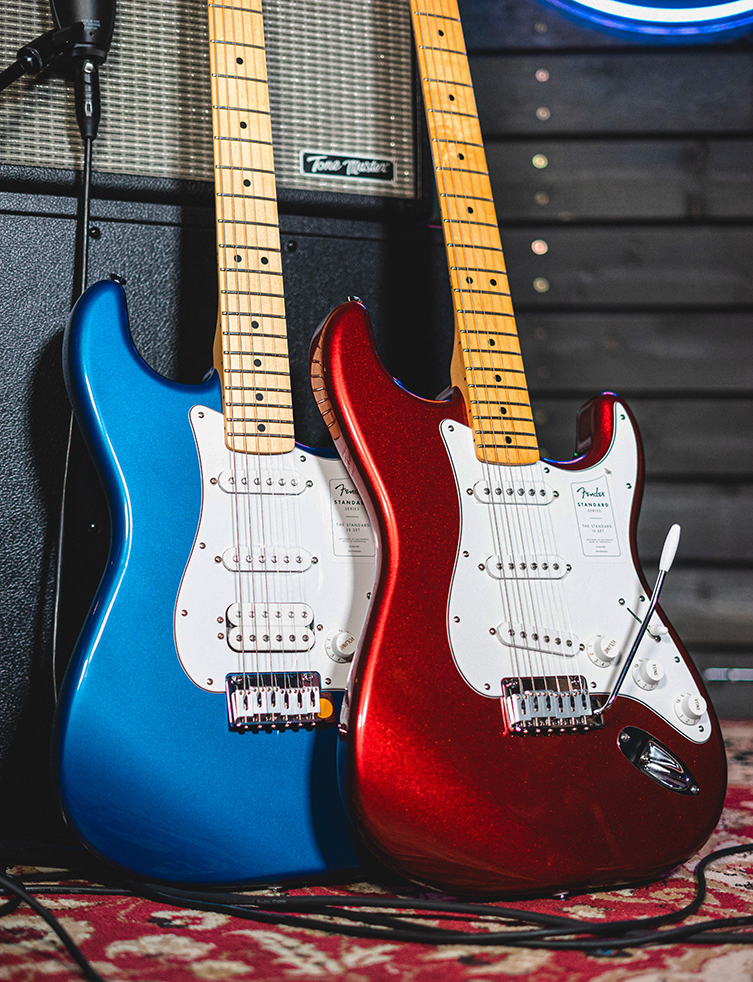
Fender Standard Series Compared to Fender Player II
Now to the two Fender series. There’s around £200 of difference here, so is that something you can directly experience?
Well, since I’m comparing them, I’d say that the Player II pickups are noticeably better sounding. There’s nothing wrong with the Standard Series pickups at all - the Tele sounds like a Tele and the Strat sounds like a Strat - but that inimitable chime and ‘glassiness’ is just more evident here.
As I’ve mentioned, the range itself is more populated with models, including more bass options. So, it may be that you want an offset guitar, or indeed the popular twin-humbuckered Telecaster HH, and in these cases, the Player II will win out. By the same token, there are a greater range of finishes available, but given that the colours themselves are different on all ranges, I’d say that colour preference is too dependent on personal taste to be able to comment on here.
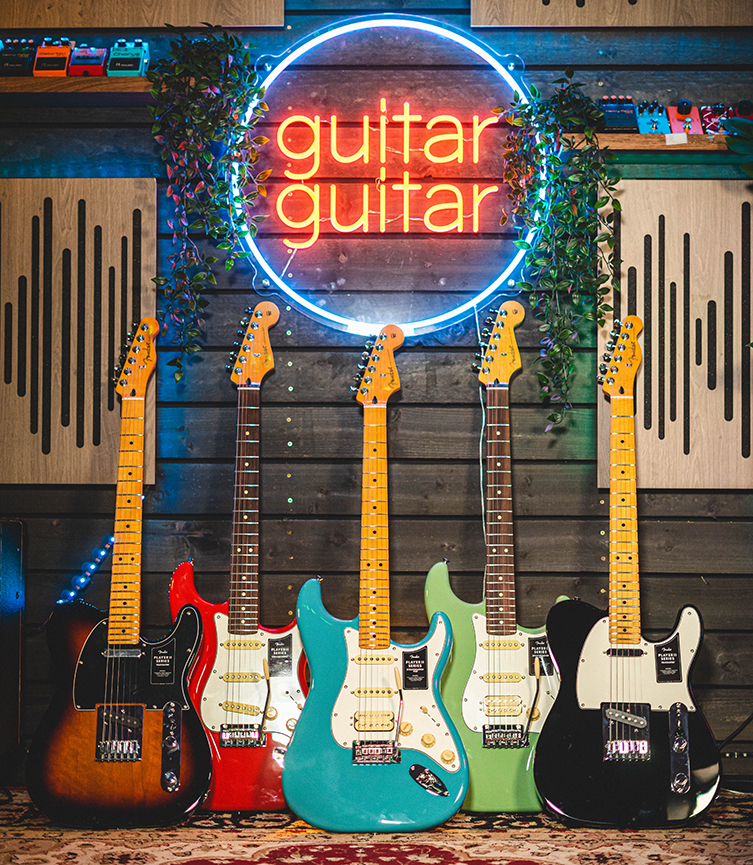
The hardware on the Player II instruments are a slight improvement to the Standard Series: the bridges are machined to a greater mass, the tuners are a slightly more complex type, and so on.
On paper, the use of alder bodies should mark an improved tone over the poplar used with the Indonesian guitars. In practice, I did notice more sustain with the Mexican Strats, as mentioned previously, but that may be down to a number of factors. Generally speaking, I didn’t sense any drawbacks with the poplar, so I don’t want to report that as a negative, to be honest.
The fretwork on all examples today has been uniformly good, so it’s more a matter of preference: some Classic Vibe guitars and basses use smaller, thinner ‘vintage’ frets, and that imparts a different feel. For the Standard and Player guitars, I felt that they were more similar than different in this respect.
Conclusions
First off, if you need the guitar to say ‘Fender’ on the headstock, then the choice is simpler. And I get it, I totally do, and in fact I have that issue myself: whether it’s a sense of how one is perceived by strangers (which is not something most of us want to admit to but still deal with) or just a desire to align oneself with such a famous heritage, that F-word is a powerful one. It has nothing to do with the inherent quality of any of today’s guitars, but it’s a tangible thing and so we may as well deal with it. No matter how good the Squiers are - and they are very good - if you need it to have ‘Fender’ on the headstock, you won’t be happy with the Squier. It will be between the two Fender series for you.
If this is the case, then I’d try models from both series and ask yourself whether a pickup upgrade is going to be part of your plan with the Standard Series guitar. I don’t think it has to be, but if it is, factor that into the price and that will help you determine where to put your cash.
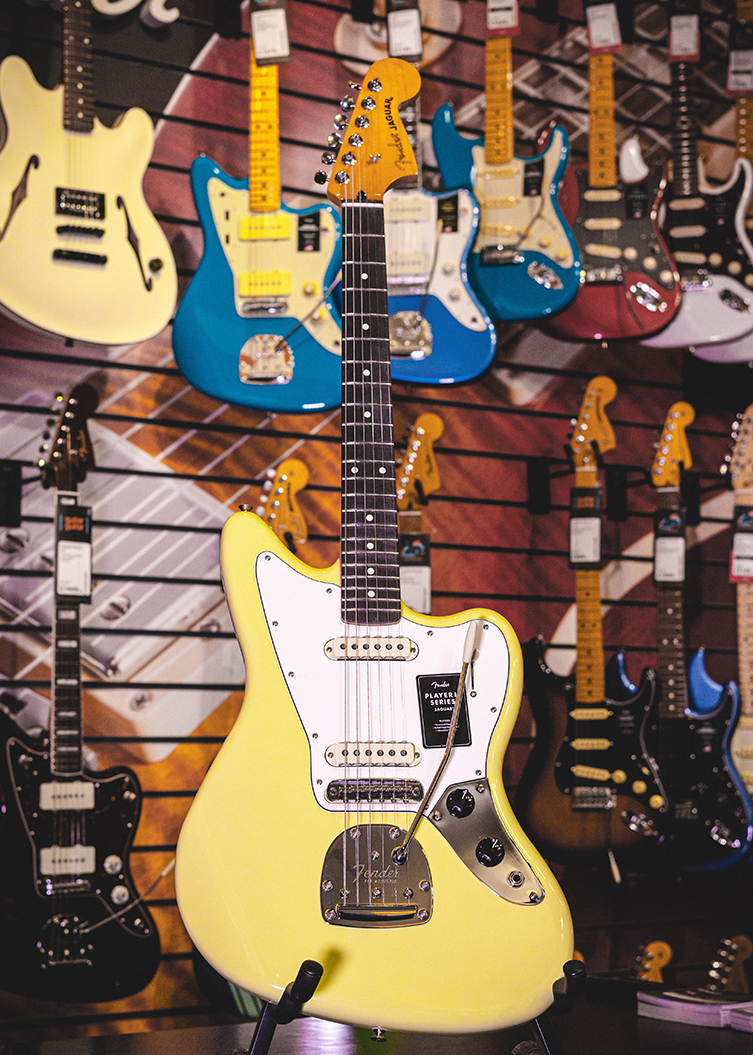
The Player II range is excellent, and still pretty affordable compared with US-made Fenders. They may well go up in price in the future (I genuinely have no idea about that as of January 2025) so a Fender Player II guitar or bass could be a shrewd purchase at the moment.
The Fender Standard Series puts a good quality Fender guitar or bass in your hand for the best price around. Indonesian build quality is as good as anywhere else in the world, and Fender are putting a lot into this range to make it special, not just affordable.
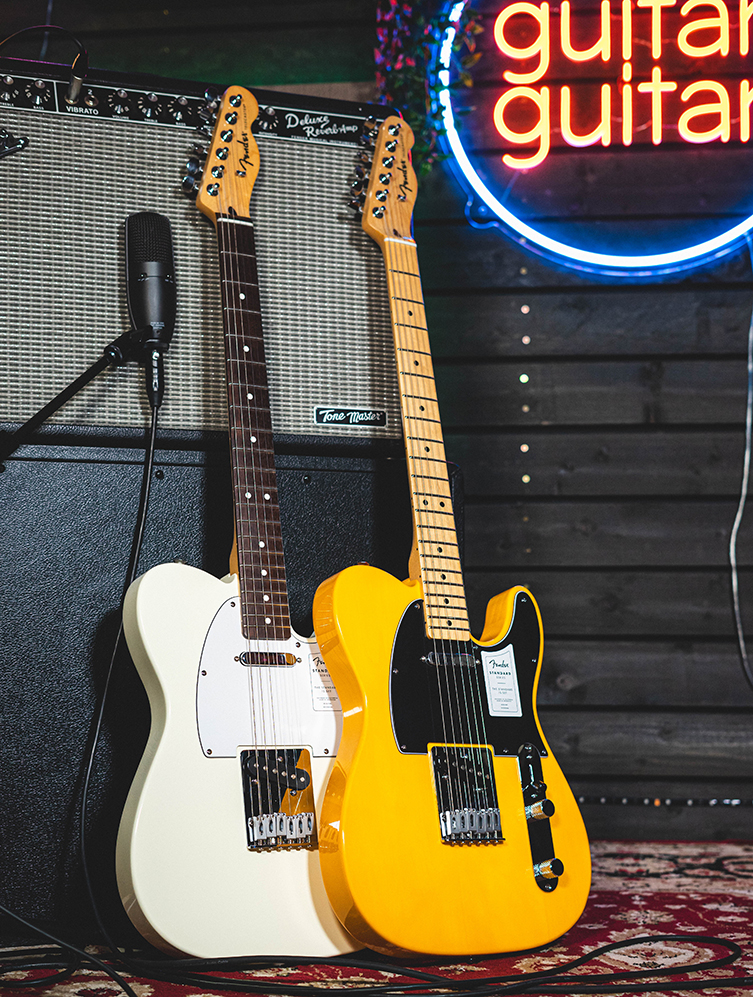
If you have particular goals with tone and don’t care about brands, labels or finishes, then all three ranges have something different to offer. None is a bad choice, but if you’re an offset fan looking for an ‘authentic’ Jag or Jazzmaster, Squier is your only affordable option. They are also pretty awesome, so if branding doesn’t bother you, it’s pretty hard to beat these!
If you dream of owning a Fender guitar and are on a tight budget, the new Fender Standard Series guitars are going to be a dream come true for you. Authentic finishes, a great feel, solid build quality and good sounds all add up to a very tempting - and justifiable - purchase. I don’t personally think that a laurel fingerboard will prove to be an obstacle to you, and everything else onboard is upgradable, should you see fit in the future, though I reiterate that this isn’t necessary. It just depends on your needs, expectations and budget.
In conclusion, I’d recommend trying your favourite examples from all three ranges, and assessing critically how your hands and ears react. You might like the gloss of the Classic Vibe, or you may prefer the overdriven tones you hear with the Standard Series’ ceramic pickups. If so, go for those! If you find that you like the Player II range best - and you’re able to stretch to the extra cost - then there’s your answer.
Make sure you are happy, and buy the guitar that facilities this happiness. Have fun!

